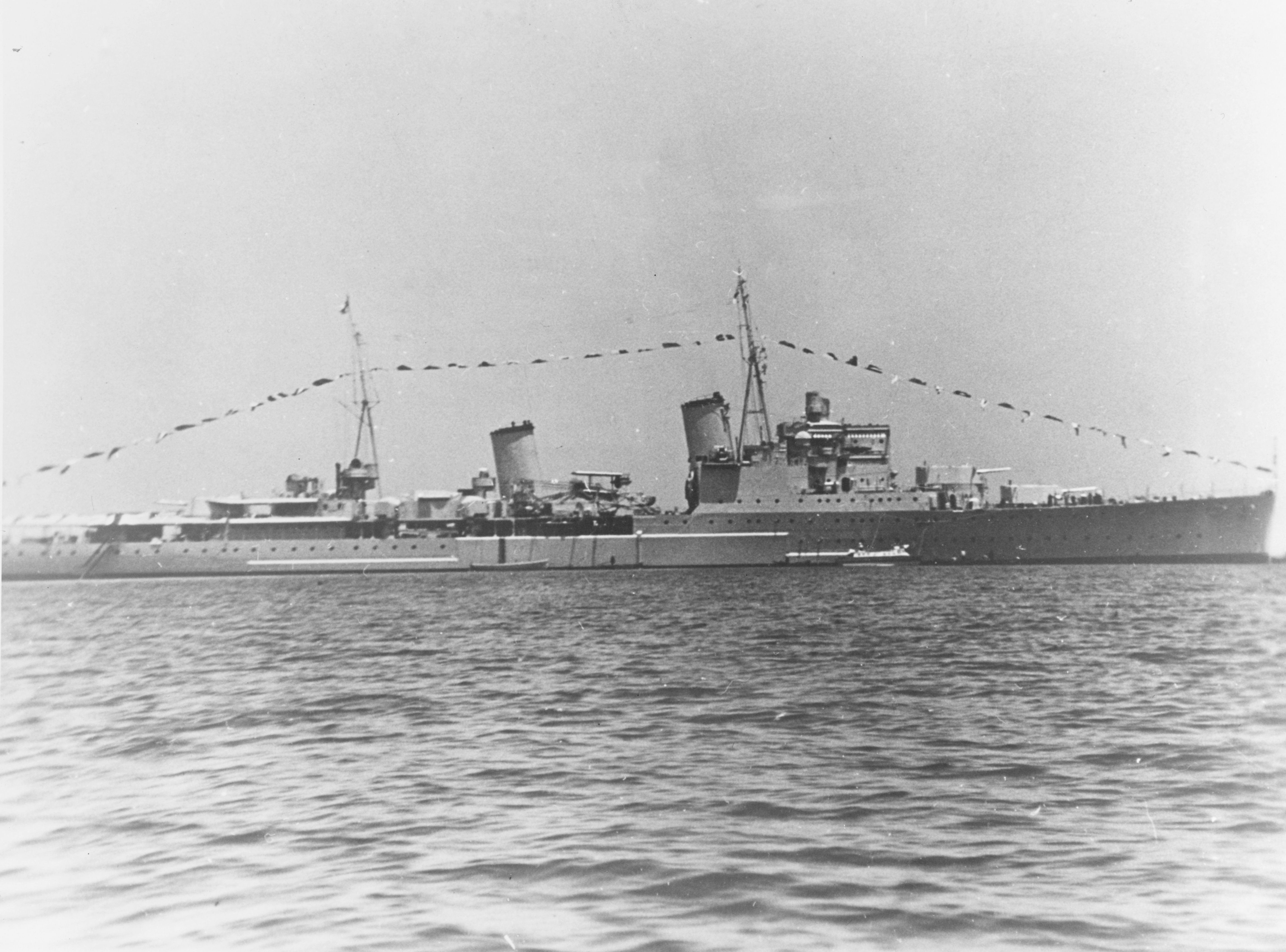
The HMS Birmingham (Pennant number C19) was a light cruiser, Class Town, type Southampton, in the Royal Navy. It was set in the yards of Plymouth Devonport on 18 July 1935, launched on September 1, 1936, and entered service on November 18, 1937.
Hms Birmingham (C19) Service
The Birmingham was initially assigned to the Fifth Cruiser Squadron in China in January 1938. At the outbreak of the Second World War in September 1939, he left for Malta to undergo work before returning to the Home Fleet between March and April 1940, framed in the 18th Cruiser Squadron with the task of patrolling the coast of Norway to ward off German vessels from the area.
In the middle of April, Manchester went to Cairo, and a convoy of troops was directed to Norway in the following month; Manchester evacuated 1,500 soldiers from Åndalsnes. Back at home, she was subjected to another round of work between September and December 1940.
From January 1941 until April, the next task was to escort convoys of troops directly into the Middle East via the Cape of Good Hope. In May, he returned to England and participated in the hunt against Bismarck and the cruiser Prinz Eugen Heavy.
The Birmingham was on patrol in the sea area between ‘Iceland and the Faroe Islands and then failed to engage in combat with the enemy ships. Subsequently escorted the convoy WS-9A from the UK to South Africa, arriving at its destination on July 4. While in South Africa, he was subjected to minor repairs in the basin of Simon’s Town, where he also received the radar Mk284 and 291, as well as new anti-aircraft weapons.
The work was completed in February 1942; the Birmingham was transferred to the Eastern Fleet, returning to South Africa in March. In June, he was assigned to the Mediterranean, where he entered the Fourth Cruiser Squadron under the command of Rear Admiral Tennant.
He participated in Operation Vigorous, which provided the escort of a convoy from Alexandria to Malta in conjunction with another convoy that departed from Gibraltar and called Operation Harpoon. Fighting related to these two convoys will then be remembered as the Battle of Mid-June.
In March, it was damaged by an air attack led by 15 Junkers Ju 87, German and Italian CANT Z.1007. Although they failed to hit Birmingham, they managed to damage it directly with the explosions of the bombs dropped over short distances. In September, he returned to ‘The Indian Ocean and participated in the operations for the occupation of Madagascar. In November, escorted a convoy to Mahajanga on the west coast of the island, where they disembarked the soldiers of the Tenth Infantry Brigade secured by aircraft of Illustrious
In April 1943, was the new modernization work at home, which lasted until October. He then returned to the Mediterranean and, on November 28, was hit by a torpedo launched from ‘A German U-Boat U-407 off the coast of Cyrenaica.
Seriously damaged, the Birmingham managed to reach Alexandria, where he received temporary repairs. In June 1944, he went to the United States, where he was sheltered definitively. In November of the same year, the works were completed and returned home and were framed in the 10th Cruiser Squadron based at Scapa Flow.
In May 1945, in the last days of the war, a force comprising Birmingham, the light cruiser Dido, and destroyers was detached in the Baltic Sea to occupy the ports occupied by the Germans. The ships passed through the barrage of mines of the Skagerrak, reaching Copenhagen on 9 May, which took control of the German cruisers Prinz Eugen and Nürnberg at the time of surrender. On May 13, the following was taken over by Birmingham Devonshire and returned home.
The Post-War Years
In 1948, Birmingham was transferred to the South Atlantic. Then served in the East Indies Fleet with the Fourth Cruiser Squadron between 1949 and 1950. This year was subjected to a cycle of modernization works that lasted until 1952 that modified the bridge and added air conditioning making it suitable for the service in the Far East.
In addition to control by 105 mm anti-aircraft armament, it was equipped with 2 controls fire Mk 6 wide angle on the sides of the former hangar for the reconnaissance aircraft. This was the last modernization suffered by the ship, as it was deemed too old to justify further work. Back in service, he was transferred to the Fleet in the Far East, where he worked in the 5th Cruiser Squadron.
He participated in the Korean War, during which he fired 1,051 rounds of 150 mm. In June 1952, the negotiations that took place in Panmunjeom oriented themselves slowly to an armistice; the Newcastle and Birmingham, along with two frigates landing ships, provided support to Americans who undertook to evacuate South Koreans from the islands on the northwest coast.
In June 1954, he returned home and was awarded the following year to the Mediterranean Fleet, where he became the flagship of the First Cruiser Squadron. In June 1957, he was one of the seven warships engaged in an exercise off Turkish ports in the Black Sea under the command of Commander in Chief of the Mediterranean Fleet, Admiral Sir Ralph Edwards.
These operations led to strong protests from the Soviet government. In May 1959, while operating in the Maltese waters, collided with the destroyer Delight, causing the death of two sailors killed by smoking while inspecting the compartments below the waterline and checking the damage.
The ship went into disarmament at the base of Devonport on December 3, 1959, the last ship of her class to be withdrawn from active service. It was demolished in September of the following year at the shipyard Ward of Inverkeithing. His coat of arms is currently visible in the whole of the dry docks of Simon’s Town in South Africa.